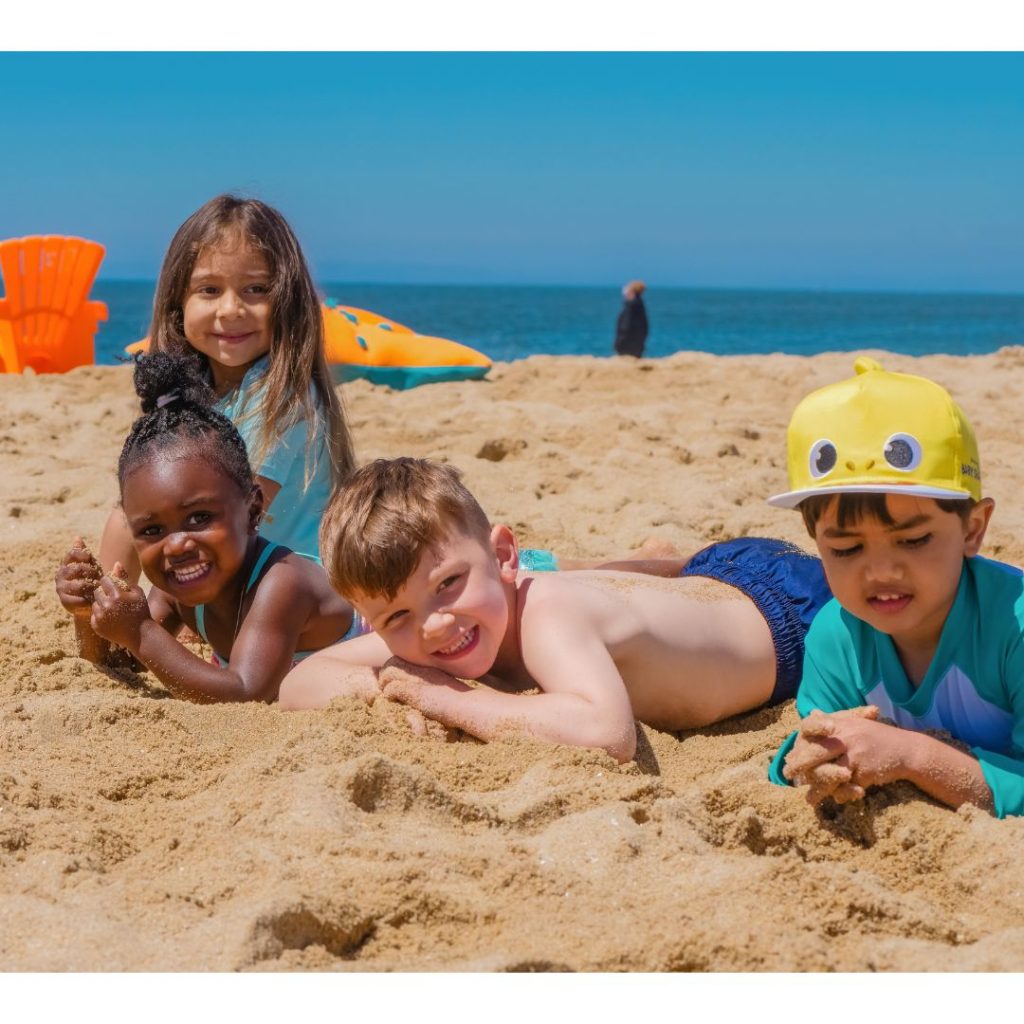If you are like me, you probably have some very particular memories of outside times spent with children…your own, your grands or those you get to love for a year or two in your classes. I don’t even have to close my eyes to see toddlers helping to build their first snowman/person, all bundled up with hoods drawn closely around their sweet rosy cheeks and little hands trying hard to move snow around in fuzzy mittens. I can remember the smells of salt, sand and sunscreen from beachy days spent under a tent where I held the sleeping baby in her tiny little swimsuit while watching the other children as they dashed into waves, dug forever in the sand and begged for just one more fruity drink.

Outside is just a special place to have adventures of all kinds, no matter your age. We can all connect to the call of nature and the wonderful items that are sometimes hidden and sometimes right in front of us as we journey through a quiet outdoor spot. Although some might think that outdoor experiences are science-focused only with names of plants, animal tracks, shells and nests, and water in ponds, pools and puddles, there are actually so many other things to do, learn and explore when we take the time to be outside.
We’re going to take the opportunity to explore a few of these ourselves in the coming weeks…but this time we will start with my favorite: language development that happens when we are outside. First of all, we should at least agree on what outdoor nature play is. I love the description offered by Janet Dyment, Associate Professor for the School of Education at the University of Tasmania, who says that high-quality nature play
“is when children are provided with the opportunity to engage in unstructured play activities in outdoor settings where natural elements are featured, such as logs, rocks, and water, as opposed to conventional manufactured play equipment.”
Janet Dyment, Associate Professor for the School of Education at the University of Tasmania, 2022
Creating opportunities for children to engage with nature in place, through natural outdoor learning environments, amplifies the value of the play experience.
The brain is hard-wired to acquire language, however, research shows that more young children are entering school with language delays or identified communication disorders. There are many contributing factors, such as COVID-19, increased technology use, decreased opportunities to socialize with others, and a reduction in time spent playing outdoors. So there is our calling…we can be the ones to remediate this lack of outdoor time to create better experiences and more in-depth learning for the children in our lives.
Compared to indoor settings, an outdoor environment is much more fluid, offering opportunities one day for observation and exploration that may not even be there the next day! Children have more freedom (within the particular boundaries of safety, of course) with the changes in temperature, lighting, wind, and natural materials making their experiences different each day. Of course, this offers such rich exposure to language from teachers for explanation, description, and narration. It also offers the inclusion of higher-order questions from the teacher and deeper and more detailed questions from the children as they move throughout their space. Learning does not come from specific or planned presentations from the teacher; it comes from the actual, in-the-moment experiences of the children in their outdoor nature environment.
For many children, the outdoor environment is more peaceful and less distracting than a crowded and noisy inside classroom. Many times children can hear and focus more attentively, without the traffic of the indoor classroom. Children who may be more introverted, or shy often engage more deeply in social conversations outdoors. In some cases, the outdoors may be the only time children feel comfortable interacting as they engage in group play. Outdoor play honors the unique personalities, preferences, and perspectives of all children, regardless of their differences.
Imagine a playground full of children, running, laughing, jumping, and being carefree. Boys, in particular, enjoy rough-and-tumble play where they can be more physically active. They are more likely to use language as they play games, moving their bodies more freely. Not only are the outdoors a fun place to be for children, but they also better understand themselves, others, and the world around them through playing outside.




